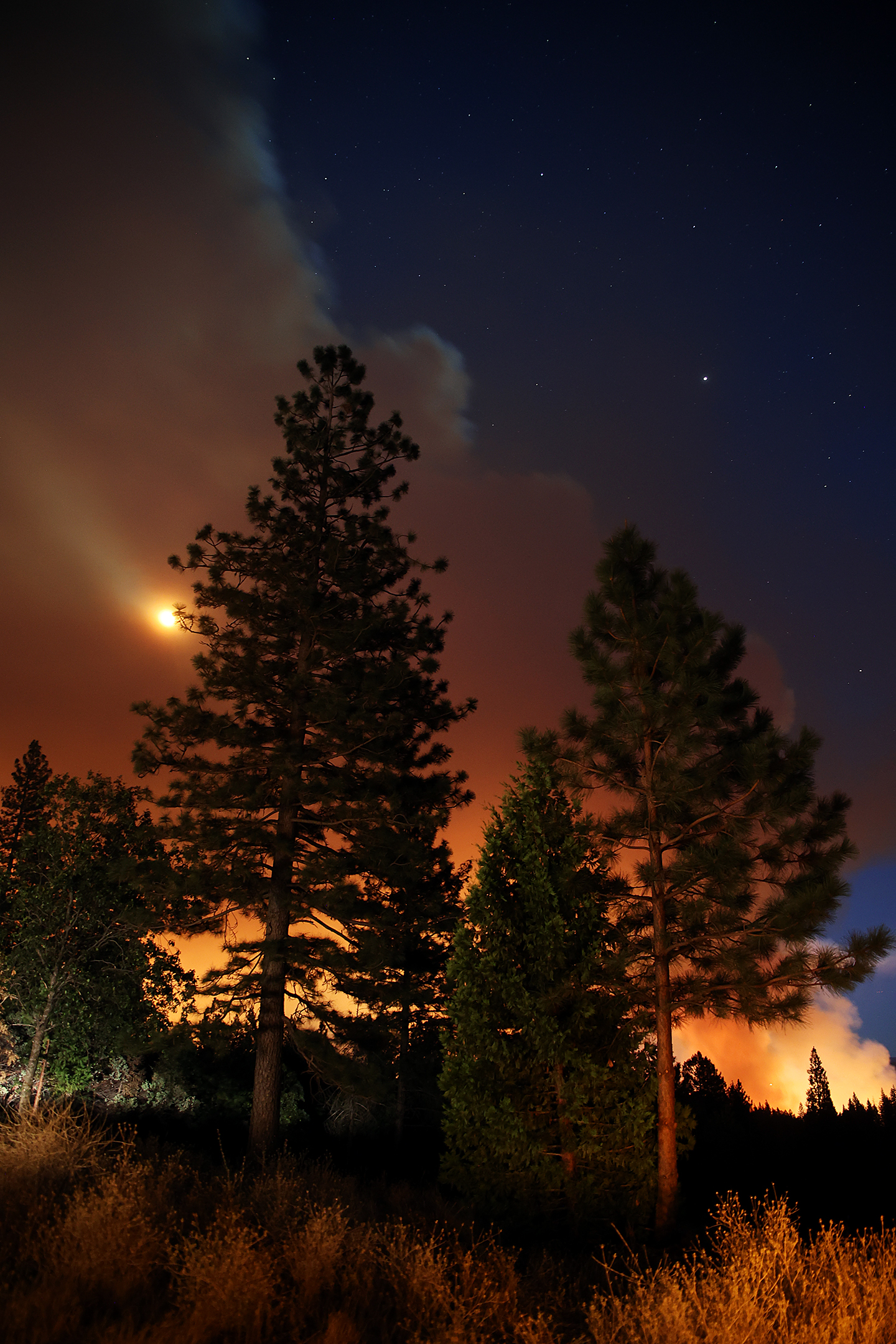Prospecting & Detecting
Clues for Detecting Ancient River Channels and Flats
March 2021 by Ray Mills
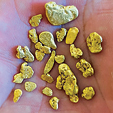 The gold in this area can get quite large. Most of the pieces are about half a pennyweight on average.
The gold in this area can get quite large. Most of the pieces are about half a pennyweight on average.
So Where's The Gold?
...we finally got back to this exploration effort. The old works there were up above the old camp, which was very significant in size.
The Subsurface Suction Dredge
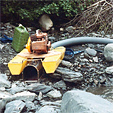 The problems of the submersible dredge tube are addressed by the subsurface dredge, where the enclosed sluice recovery tube is suspended from a flotation assembly...
The problems of the submersible dredge tube are addressed by the subsurface dredge, where the enclosed sluice recovery tube is suspended from a flotation assembly...
Hunting for Gold in the Quartzsite Area of Western Arizona
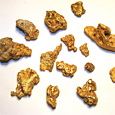 Winters are a great time to explore the hills in the area of the Middle Camp, Oro Fino and La Cholla placers on the southern flank of the Dome Rock Mountains.
Winters are a great time to explore the hills in the area of the Middle Camp, Oro Fino and La Cholla placers on the southern flank of the Dome Rock Mountains.
Gold Placers of Southern California
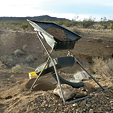 I grew up in Southern California, and found my first nugget there, so I know my way around. Because there is good gold there, I thought it might be helpful to take a look at the many placer gold opportunities found in the southern part of the state.
I grew up in Southern California, and found my first nugget there, so I know my way around. Because there is good gold there, I thought it might be helpful to take a look at the many placer gold opportunities found in the southern part of the state.
The Sunbaker
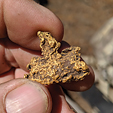 My hunch was that the gold is coming down the apron, falling off to both sides and into both gulches. I say that because the gold we found previously has the same characteristics and color across the entire area.
My hunch was that the gold is coming down the apron, falling off to both sides and into both gulches. I say that because the gold we found previously has the same characteristics and color across the entire area.
Following the Clues
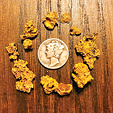 It took me awhile before I finally got a nice mellow signal. My nugget turned out to weigh in about two dwt (pennyweight). Over the next few hours, we all picked up a few more nuggets apiece.
It took me awhile before I finally got a nice mellow signal. My nugget turned out to weigh in about two dwt (pennyweight). Over the next few hours, we all picked up a few more nuggets apiece.
Subscription Required:
The Bawl Mill
• Ask The Experts - Info on Santa Cruz beach placers?
• Ask The Experts - Detectors and flour gold
• Ask The Experts - Why is the gold in these clays?
• Ask The Experts - Can you explain colloidal gold?
• Ask The Experts - Where did this kimberlite come from?
• Ask The Experts - Can gold particles combine to form a nugget?
• Placer Gold Deposits in the Western States
• Evaluating Gold Recovery with Mass Balance Calculations
• What Is Your Grade?
• State of Idaho Looks to Invest in Gold and Silver
• Colorado Uranium Mining in the 1950s Boom
• Drywashing for Desert Gold—Part II
• Decoding Dredge Capacity
• I Just Tripped Over A Nugget
• Melman on Gold & Silver
• Mining Stock Quotes and Mineral & Metal Prices

